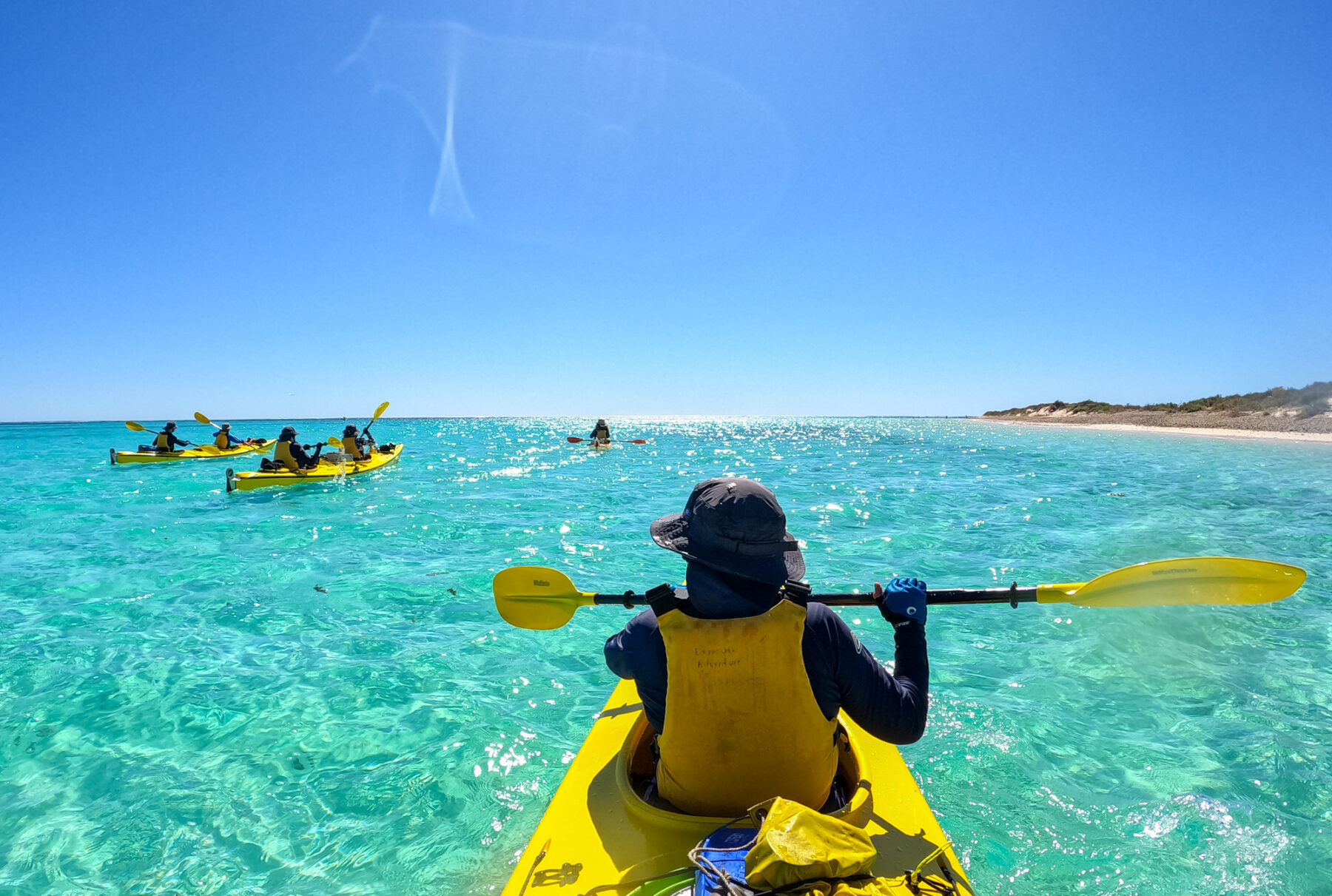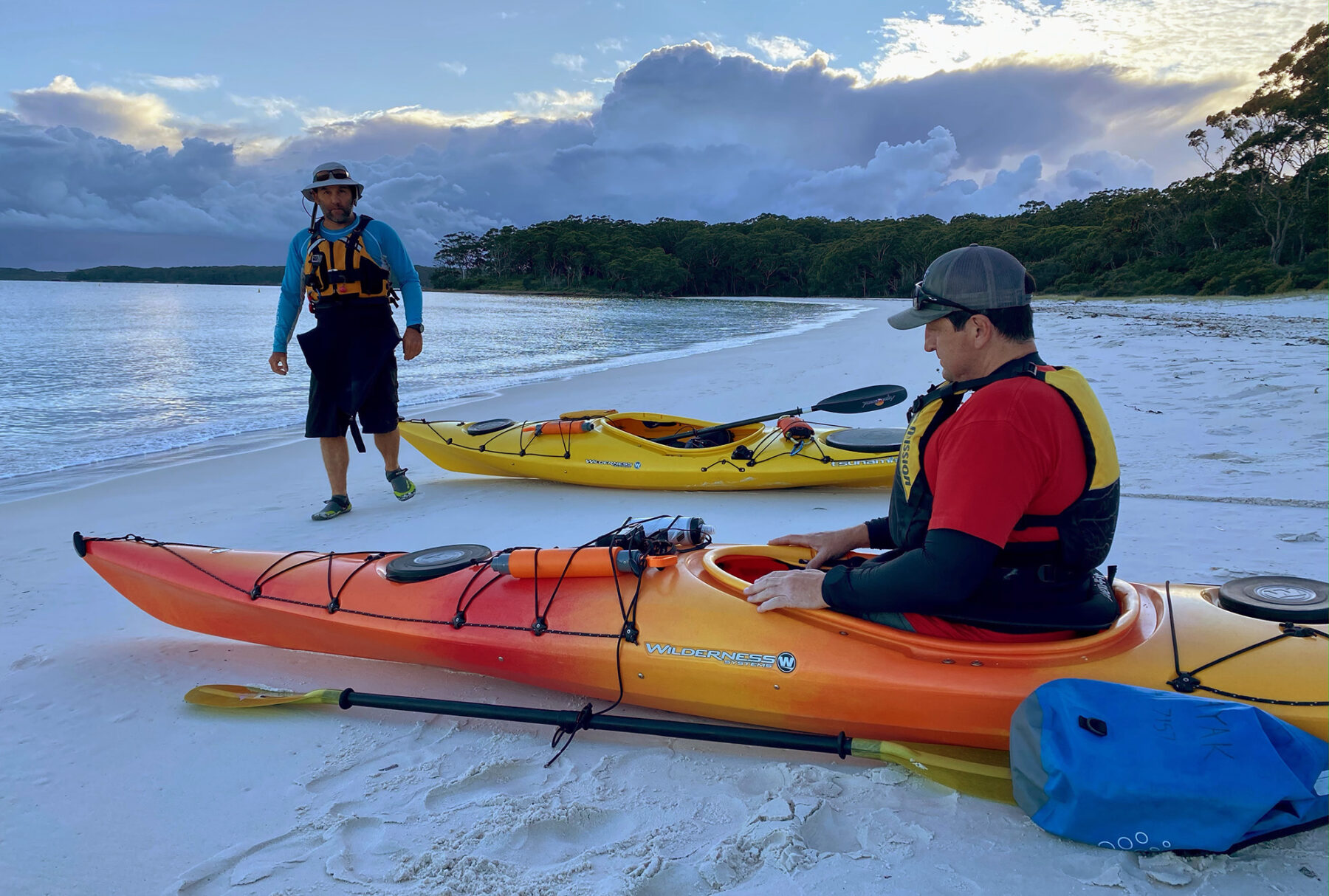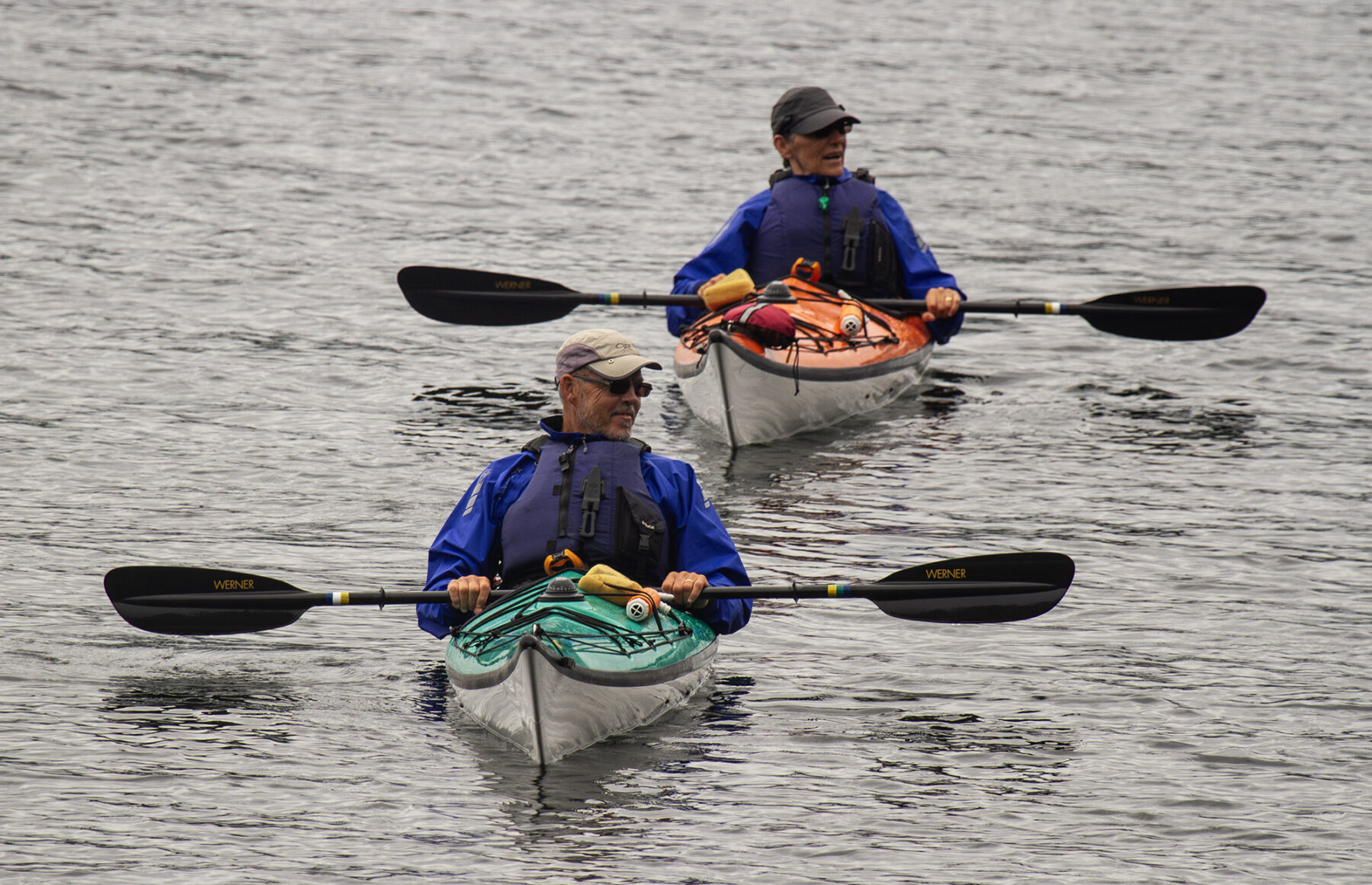Paddle Pulse: 7 top tips for efficient paddling technique

As we’ve said in previous Paddle Pulse instalments, there’s nothing quite like kayaking to get you outdoors, exercising and up close and personal with nature and wildlife. But before you dip your paddle for the first time, familiarity with some basic concepts and techniques can help you save energy, prevent injury, and ensure your time on the water is memorable for the right reasons.
For seasoned kayakers, the ins-and-outs of paddling technique can become quite a science, but for those new to the sport, these essentials will be plenty to get you started.
1. Paddle orientation
Yes, your paddle has a top and a bottom! Make sure the longer edge of the paddle blade is at the top. The concave part should face you. This design helps catch and push more water with each stroke, propelling you efficiently.
2. Hand placement
Grip your paddle lightly with both hands, keeping them slightly wider than shoulder-width apart. Extend your arms out with the paddle horizontally in front of you to check if your grip is even: the centre of the paddle shaft should align with the centre of your chest.

3. Forward stroke basics
Mastering the forward stroke is key to efficient kayaking, and it’s composed of three main phases: the ‘catch’, the ‘power phase’, and the ‘release’.
The Catch: This is the starting point of your stroke. Position the blade near your toes and as you reach forward, plunge the blade fully into the water. Think of it as ‘catching’ the water to prepare for the pull. Try to keep your arms in a fixed position with elbows slightly bent and gain the extra reach by rotating your torso to extend your catch.
The Power Phase: After the catch, it’s time for the main event. Push with your upper hand and pull with your lower hand, engaging your core to harness maximum strength and efficiency. Your torso should rotate with the stroke, reflecting the power generated from your core, not just your arms. This rotation also sets you up for the next stroke and increases your reach.
The Release: As the blade passes your hip, it’s time to smoothly exit the water. This is done by ‘slicing’ the blade out of the water at a slight angle, setting you up for the next catch on the alternate side. The release is as important as the catch because it sets the rhythm for your paddling cadence.
4. Setting up your seating
Making sure you have good connectivity with the kayak is imperative to ensuring you are getting the most out of every stroke. Make sure your seat and foot pedals are adjusted to be firm but not too tight (otherwise you can end up with cramps). You want to have your feet firmly planted on the pedals with your back against the backrest while sitting in an upright position.

5. Keeping your kayak straight
New paddlers often find their kayak zigzagging. To maintain a straight line, concentrate on making your strokes uniform on both sides, and tread lightly on the rudder. Use landmarks ahead of you to help navigate in a straight line.
6. Rhythmic breathing
Breathing might seem natural, but being conscious of it can improve your paddling and make for a more relaxing experience on the water. Try to synchronise your breaths with your strokes – exhale as you pull the paddle through the water, and inhale as you set up for the next stroke.
7. Take breaks
Paddling can be taxing, especially when you’re new to it. Listen to your body, and take breaks as needed. Use this time to relax your grip, stretch, and enjoy your surroundings. Even between strokes, loosening your grip on the paddle and relaxing your forearms will help reduce the risk of tendonitis.

Remember, practice makes perfect so the best way to learn is to get out on the water and give it a try (to read about the appeal of sea kayaking, see here). Southern Sea Ventures offers plenty of beginner-friendly trips with experienced guides on hand to coach you through technique. You’ll be debating the finer points of paddling technique with the pros in no time!
Toby Story is the Senior Guide and Director at Southern Sea Ventures, which offers guided sea kayaking adventures that cater to paddlers of all levels.




